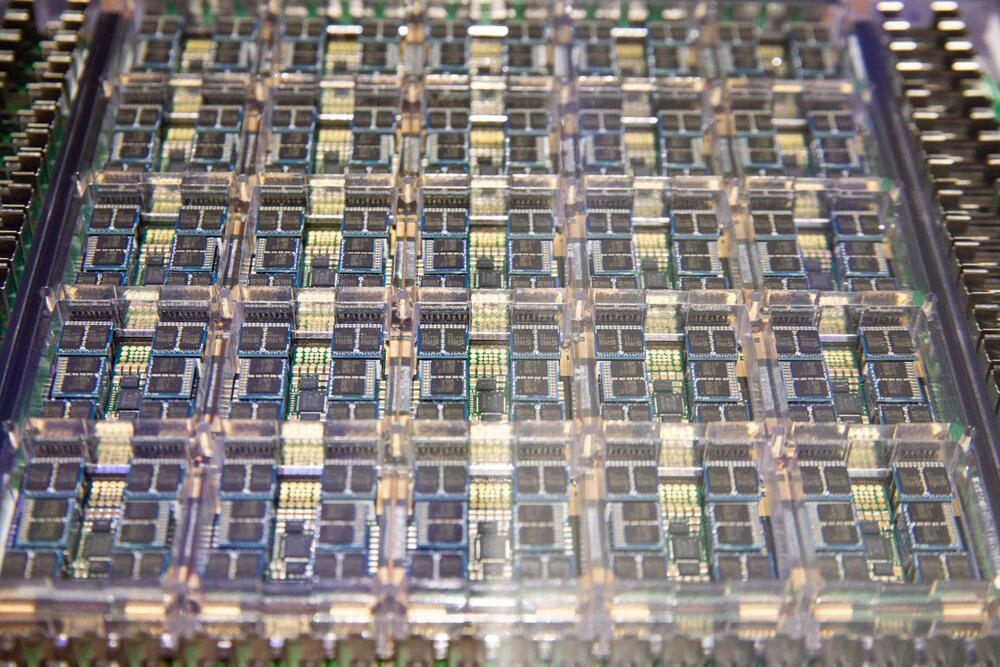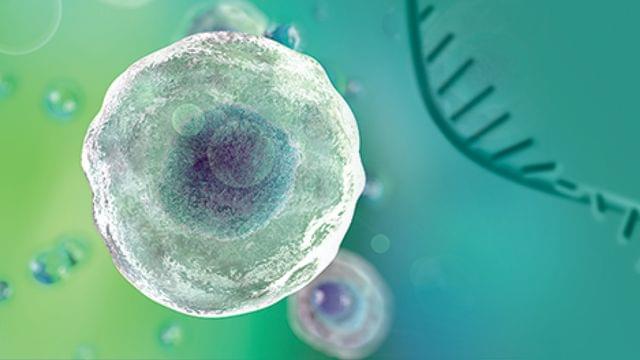The terms lifespan and longevity are often used interchangeably, which leads to much confusing and misinformation. Here we explore the difference between the two terms and why making a distinction is important.



The event, which was held at a luxury resort in the Swiss Alps last week, drew some of the world’s richest people along with some of its most controversial scientists.
Harvard Medical School genetics professor George Church, SENS Research Foundation chief of science offices Aubrey de Grey, Buck Institute for Research on Aging president and CEO Eric Verdin, Institute for Ageing Research at Albert Einstein College of Medicine director Nir Barzilai, Forever Healthy Foundation founder Michael Greve, Human Longevity Inc. associate professor, internal medicine Evelyne Yehudit Bischof, founder and CEO of Insilico Medicine Alex Zhavoronkov, creator of First Longevity and Longevity. Technology editor-in-chief Phil Newman, and Wei-Wu He, executive chairman of Human Longevity Inc., CEO and chairman of Casi Pharmaceuticals Inc., and founder and chairman of Genetron Health.
According to MIT Technology Review, Mega-Rich investors met with scientists and biotech founders in a swanky resort town of Gstaad, Switzerland, to advance the “longevity science,” which is a new field that could extend human life spans. The conference included some of the richest investors and entrepreneurs on earth.

Tesla has plans to ramp its electric vehicle production by a notable degree in the coming years, and with the company’s constant innovations, it would need to secure a lot of resources, from battery raw materials to computer chips.
In this light, reports have emerged suggesting that Tesla has established a semiconductor joint venture in Jinan of eastern China’s Shandong Province. The joint venture is intended to supply automotive chip and electronics solutions. Tesla partnered with Swiss automotive semiconductor company Annex for the joint venture, which boasts a registered capital of $150 million.
As per a report from Chinese tech publication ijiwei, Tesla holds a 5% equity in the company for now, while Annex holds a 55% stake, and the Jinan Zurich Annex Equity Investment Fund Partnership holds a 40% stake. It should be noted that the Jinan Zurich fund acquired Annex this past June in a $5 billion deal.

Check out the on-demand sessions from the Low-Code/No-Code Summit to learn how to successfully innovate and achieve efficiency by upskilling and scaling citizen developers. Watch now.
As we move into the NFT 2.0 technology space, we see a more innovative and accessible approach to creating a user-centric experience where participants can benefit from utility. Web3 marketers are also delving into how brands can position themselves to continue generating profit from NFT ventures while adding value to their products. However, for NFTs to thrive in the Web3 ecosystem, consumers need storytelling and value proposition, especially in an environment where technology is constantly evolving.
Web3 marketing agencies have been carefully implementing brands into the metaverse to build awareness and actual utility for consumers they engage with. However, for a brand to be true to its fan base, its digital assets must incorporate audience and community engagement to create a worthwhile experience and keep consumers coming back.

“Quantum entanglement” is one of several plot devices that crops up in modern sci-fi movies. Fans of the Marvel superhero movies, for instance, will be familiar with the idea of different time lines merging and intersecting, or characters’ destinies becoming intertwined through seemingly magical means.


CGT are composed of a diverse group of medicinal products. Cell therapies (including ex vivo gene therapies) involve the transfer of cells with a relevant function into the patient. Cells can have different origins, i.e., human (autologous or allogeneic), different differentiation stages, i.e., stem cells or differentiated cells, and can be genetically modified to exert the intended therapeutic effect. In genetically modified cell therapy, a functional transgene is transfected into cells ex vivo using viral (for example, lentiviruses) or nonviral (e.g., electroporation) vectors. Next, the modified cells are administered to the patient where the transgene will promote a therapeutic effect. Examples of these therapies include chimeric antigen receptor (CAR) T cells and genetically modified human stem cells (HSCs).
This article highlights the importance of measuring potency for cell and gene therapies.
You really can’t call a raven a birdbrain, because they and other corvids (the avian family they belong to) are actually pretty smart. New research published in Scientific Reports suggests that, at just four months old, these birds can compete as well as adults chimpanzees and orangutans in certain cognitive tasks.
The work focused on eight hand-raised ravens. They were tested at the age of four, eight, 12, and 16 months using the Primate Cognition Test Battery (PCTB), a standardized test for assessing animal cognition. The researchers tested if the birds exhibited spatial memory, understood numbers and addition, and if they could learn from and communicate with their handlers. They even looked at object permanence, which is the ability to know that an object still exists even if it’s out of sight.
The researchers found that the ravens’ cognitive skills did not change during the test period, suggesting that they are already quite cognitively capable long before they become adults. At four months, ravens start to gain independence from their parents but it takes years for them to reach sexual maturity.
